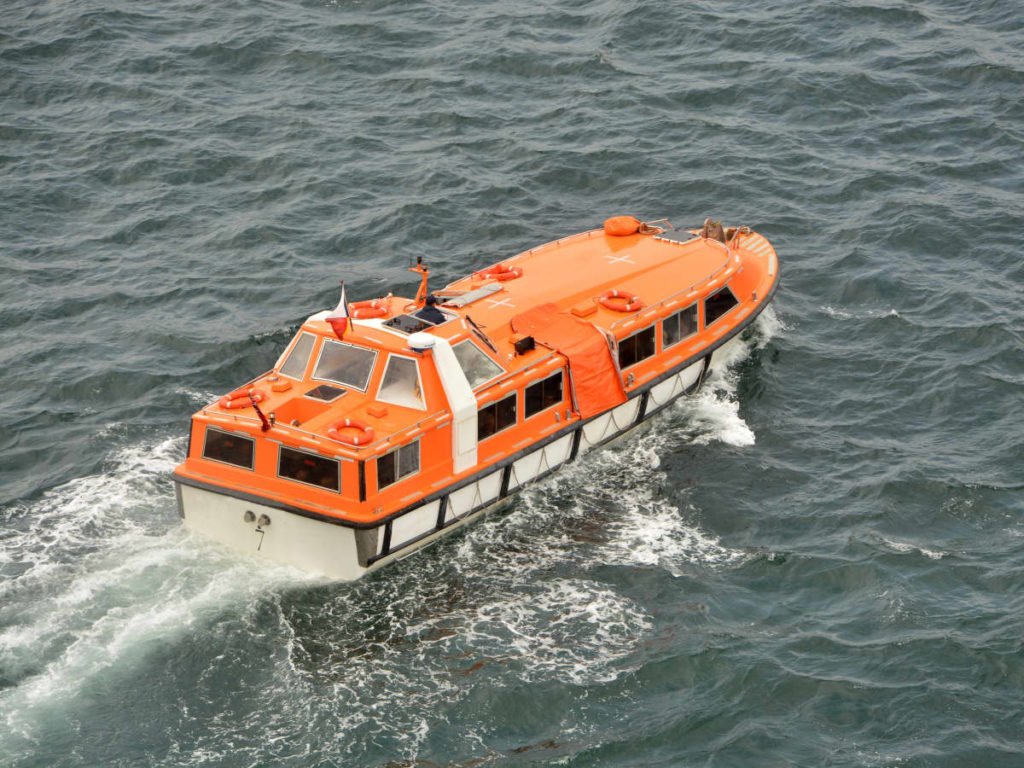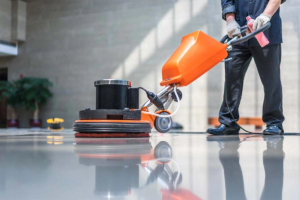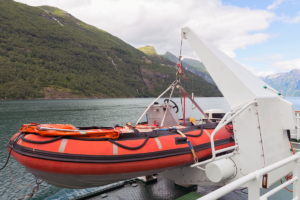
Prioritising safety is vital in the vast maritime domain, and several important components help to produce a secure atmosphere. Although cantilever lifts are widely acknowledged because of their effectiveness in raising boats and pontoons, pay close attention to other vital elements which can be essential to marine safety, such as liferaft services, life rafts, deck cradles, and lifeboat safety. To help keep life rafts in good shape and ensure their readiness, liferaft services are essential. These services rise above simple preparedness and include routine maintenance, repairs, and replacements, which enhance the overall dependability of life-saving apparatus. Included in Liferaft Services, routine inspections include looking for signs of wear and tear to ensure life rafts have been in good enough shape for deployment when necessary. This proactive approach increases rely upon the entire safety protocols of maritime operations while also prolonging the life span of life-saving equipment. Life rafts must be handled carefully and stored securely since they’re essential floating equipment within an emergency. Are you looking about life rafts? Go to the previously talked about site.
The cooperation of deck cradles and life rafts is needed for prompt deployment and strict adherence to safety regulations. Deck cradles guarantee that these vital parts are often accessed and well maintained because they are created to cradle and support life rafts. Life rafts must certanly be stored and placed strategically on deck cradles to emphasise the worth of lifeboat safety procedures and proactive planning for an immediate evacuation. Due to their combined efforts, a maritime environment is done where safety is not only a top priority but also a well-integrated and routine part of operations. The correct integration of safety measures into lifeboat design is simply taking care of of the comprehensive approach that goes into lifeboat safety. Every little element, such as carefully positioned gussets and strengthened crossbars, enhances the overall safety profile. Innovations in material science, such as for example the usage of aluminium in construction, further strengthen lifeboats against deterioration and guarantee their resistance to extreme sea conditions.
A thorough analysis of lifeboat safety procedures highlights the significance of an all-encompassing design approach. The incorporation of safety elements guarantees that lifeboats are ready to handle emergency circumstances and aren’t merely robust. The resilience of these life-saving devices is enhanced by the use of advanced materials, underscoring the dedication to the security and welfare of individuals travelling through open waters. The focus on liferaft services, life rafts, deck cradles, and lifeboat safety reverberates as a perfect symphony of preventive measures as you navigate the vast waters of maritime safety. An effective maritime ecosystem is not merely made up of isolated parts; rather, safety procedures are integrated and coordinated. Each component bears witness to an unbroken commitment to saving lives at sea, from the careful services provided for liferafts to the safe cradling of life rafts in Deck cradles and the fortification of Lifeboats with cutting-edge safety measures. An intensive examination of crucial safety elements in maritime operations transcends specific characteristics and creates a tapestry of actions that together strengthen and dependability of safety procedures at sea.








